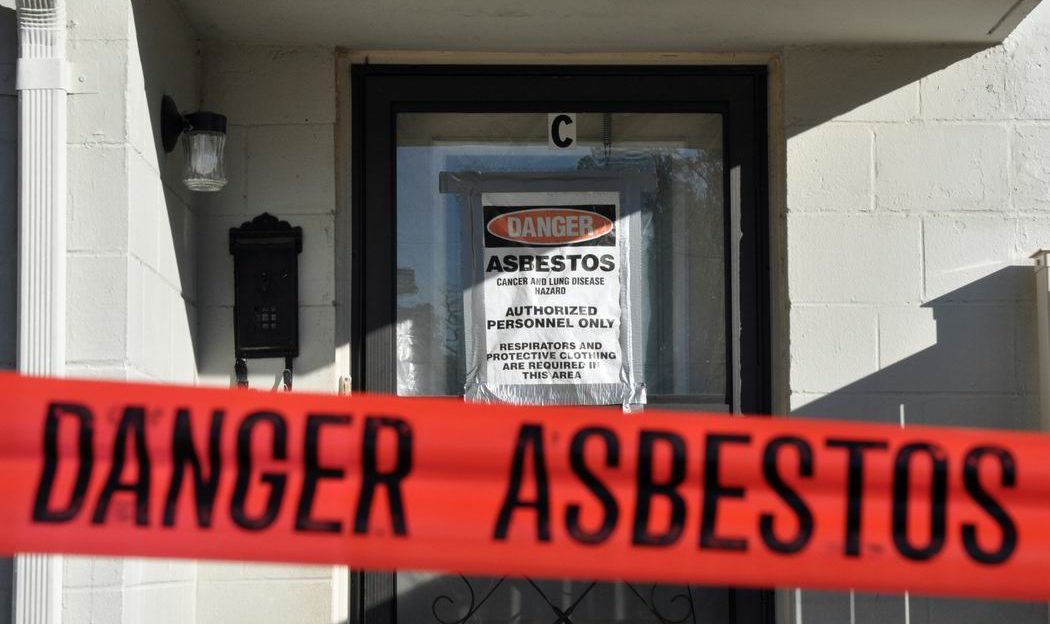Many people aren’t aware that it’s the property owner’s responsibility to make sure their home is free of certain designated substances, such as asbestos, before work begins on a renovation or a repair. Let’s clear the air.
There are specific designated substances found in many Ottawa homes that can be hazardous to occupants and workers when disturbed during construction. And unbeknownst to most homeowners is that it’s their responsibility to identify those substances before any work begins.
That’s why the Infrastructure Health & Safety Association, which works with various provincial ministries, created a brochure, called Owners Duties of Designated Substances for Construction Projects, explaining it all.
What kind of substances are we talking about?
Asbestos is the most common one, but also on the list are lead (paint, pipes, etc.), silica, mercury, arsenic and a few chemicals and materials with long, difficult-to-pronounce names.
These substances, particularly asbestos and lead, are more common than you might think. In fact, any home in Ottawa built before 1994 needs to be checked.
Why is this a problem?
There are two issues here: the dangers these substances present to those living and working in the home throughout a construction project; and the misinformation surrounding dealing with the issue.
Things like asbestos are not a problem if left undisturbed. But once you start renovating and disturbing them, they can become airborne, and that’s when they are a problem.
These designated substances are particularly hazardous when adequate controls are not in place to protect workers and homeowners. They can cause cancers, strong allergic reactions, liver and lung problems and effects on the nervous system, and are hardest on children and the elderly.
That’s why they need to be removed properly and sent to the right waste facilities.
However, many contractors are either unaware of the obligations and procedures, or aren’t willing to take that crucial and necessary extra step, and instead tell their clients they don’t need to worry about it. And that’s a huge mistake.
On virtually every job we do, the Ministry of Labour will approach us asking for the Designated Substances Report, which we are obligated to provide. Yet it’s the homeowner who is technically responsible for getting a Designated Substances Report done.
The report will indicate what substances are in the home so that the contractor and any subcontractors can be informed and will therefore know how to properly protect themselves and their clients from harm. If we aren’t able to produce a report, the homeowner may be fined.
As part of our design-build process, we take care of getting the report done for our clients, explaining why it’s so crucial and what the cost will be (it’s typically about $300-$1,500). We are also certified to facilitate the removal of many substances, like asbestos, if they are found.
As a certified removal specialist, it becomes a cost-effective part of the demo. And having this information upfront means we can work with you to plan for the costs and mitigate the disruption to the schedule.
What happens if you don’t get a report done?
The homeowner is liable to the contractor and every subcontractor for any loss or damages if a list is not provided. That means a worker who years later develops cancer can come back and claim its cause was the asbestos in the client’s home, potentially leading to an expensive lawsuit.
The government can also issue a stop work order, leading to delays and extra costs for the homeowner, or the homeowner could be charged up to $60,000 in fines under the Occupational Health and Safety Act.
The simple way to avoid all of that and ensure your own peace of mind is to work with a company that knows what your rights and obligations are and makes sure things are done properly, every step of the way.
Related
What to know before renovating






